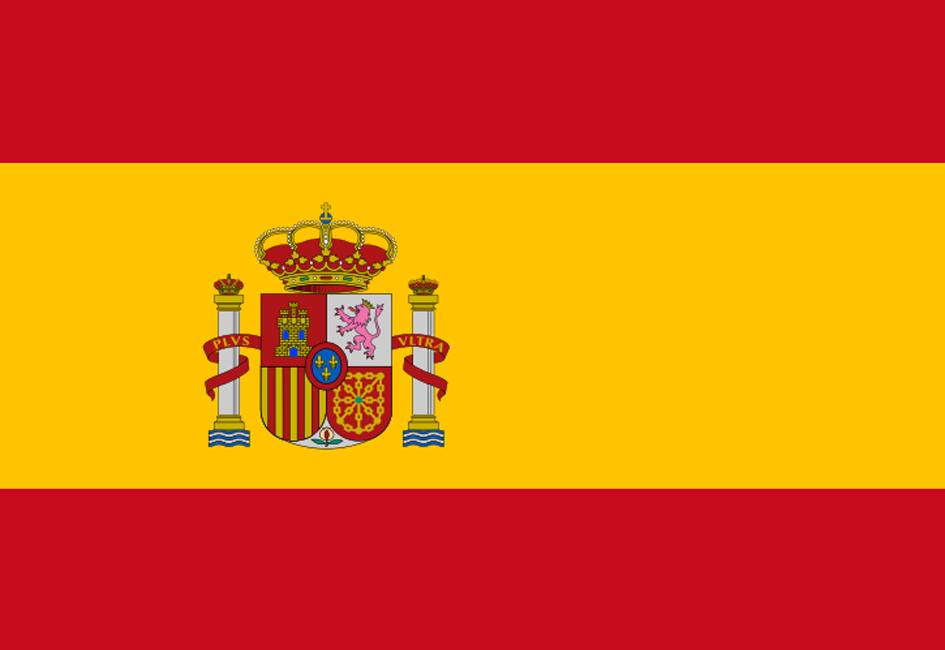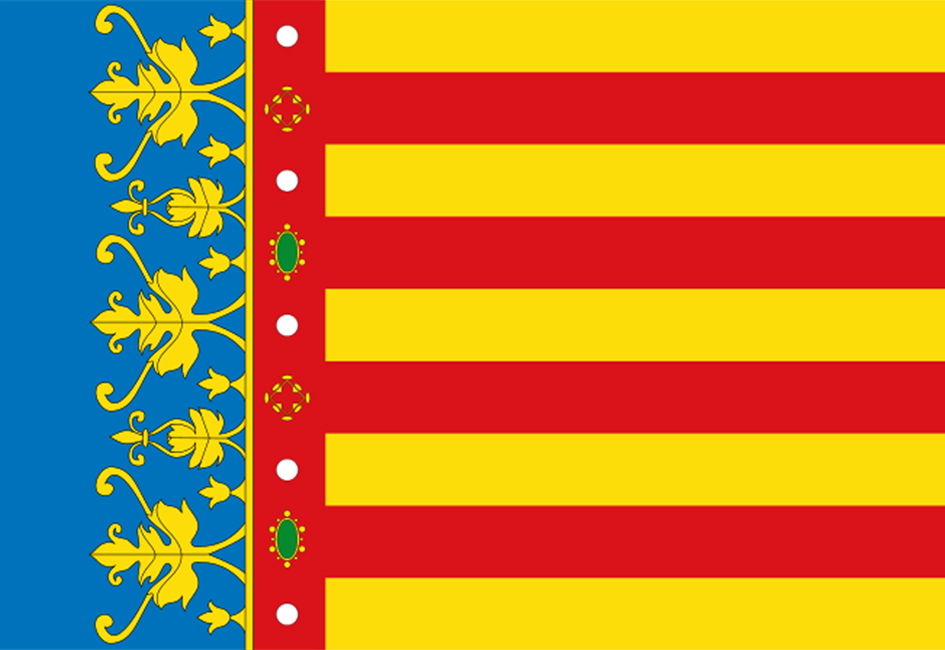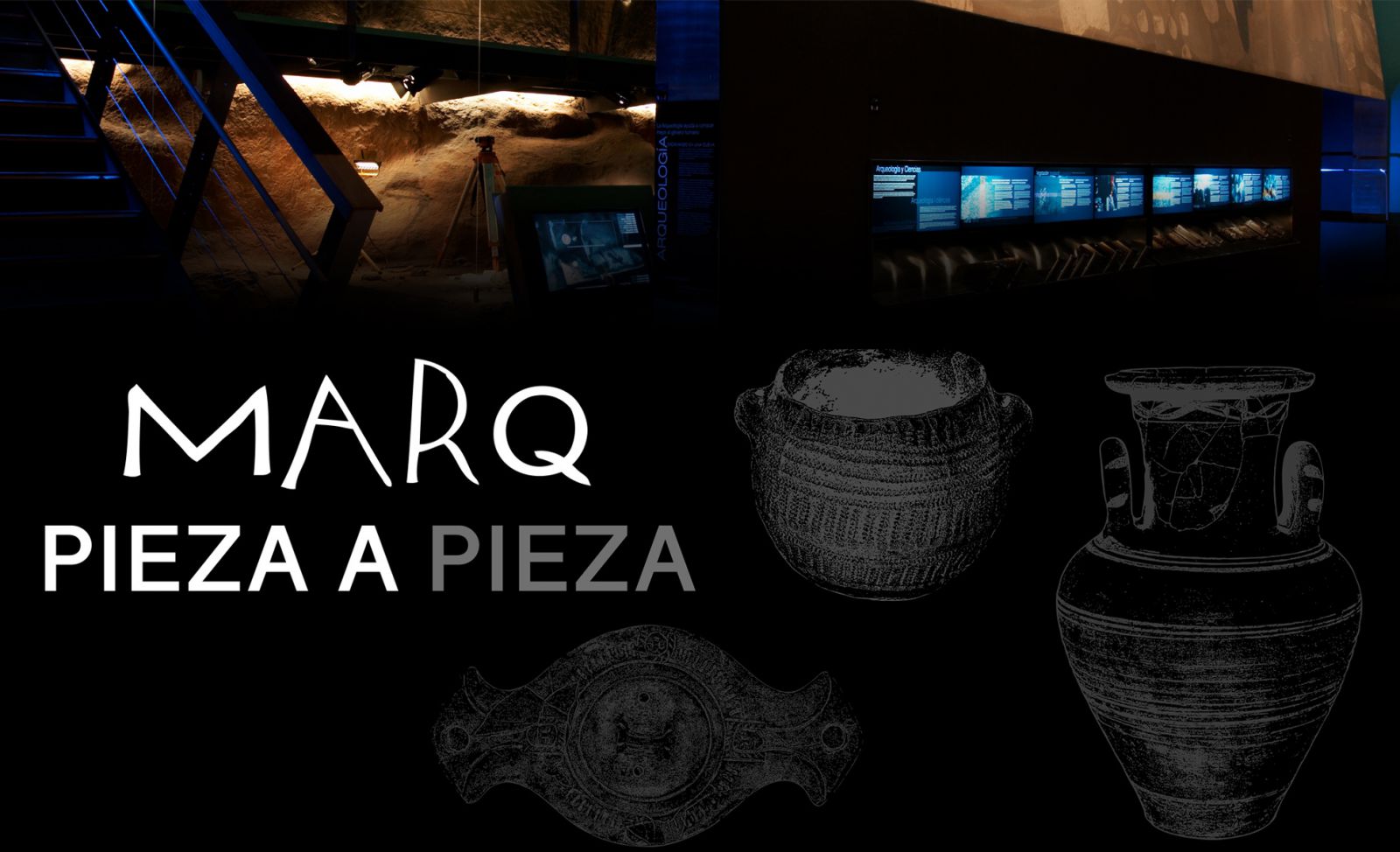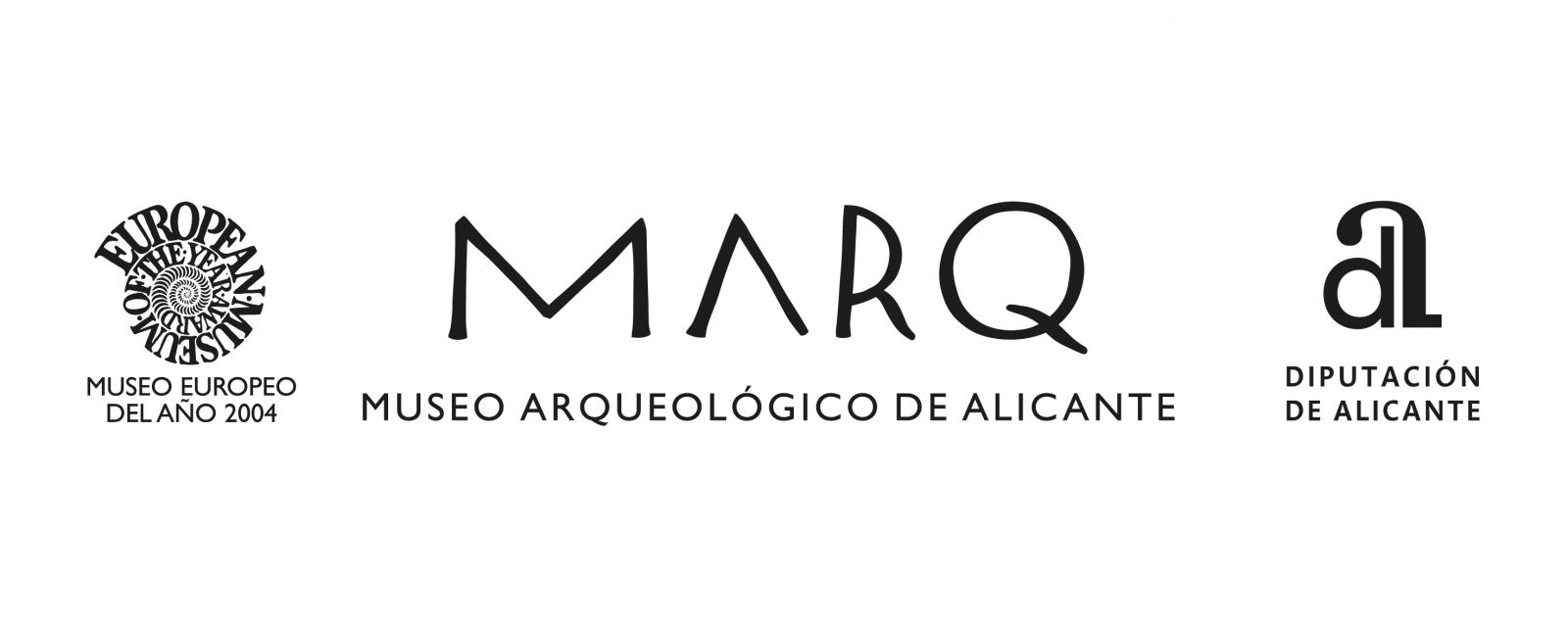
RELIEVES VISIGODOS (PARTE I)
SALA DE CULTURA ROMANA

RELIEVES VISIGODOS (PARTE I)
Saliendo de la sala de Cultura Romana nos encontramos con unas grandes estelas visigodas talladas en piedra arenisca, halladas en La Albufereta, en el área del Cerro de las Balsas y datadas en el siglo VII d. C.
Como podemos observar, una de ellas se conserva entera, con una forma rectangular que muestra dos círculos, los cuales quedan enmarcados por una línea que bordea la losa. El primero está formado por una circunferencia con rayado en oblicuo que rodea una estrella de seis puntas. El segundo presenta una circunferencia con el motivo en forma de corona de palma o laurel que rodea una cruz de brazos triangulares, donde a los lados superiores aparecen las letras S y C, cuyo significado sería “El salvador es Cristo”. También en uno de los lados, entre el círculo y el borde de la estela, se pueden distinguir las letras alfa y omega.
La siguiente estela está fracturada y su decoración sería parecida a la anterior, aunque solo se distingue uno de los círculos. La imagen que mejor se conserva es la de una circunferencia en forma de palma entre otras dos circunferencias lisas. En el centro aparece el relieve de una estrella, de la cual se pueden ver en sus extremos formas de cuatro puntas de flechas que se unen en una pequeña cruz. Como dato curioso, entre la estrella y el círculo se ven cuatro figuras en forma de huso, cuyas puntas rozan las de la propia estrella.
BIBLIOGRAFÍA:
OLCINA DOMÉNECH, M.; GUILABERT MAS, A. y TENDERO PORRAS, E. (2020): El Tossal de Manises-Lucentum. Entre los Barca y los Omeyas, MARQ, Diputación de Alicante, Alicante.

RELLEUS VISIGOTS (PART I)
Leaving the Roman Culture room we find some large Visigothic stelae carved in sandstone, found in La Albufereta, in the area of Cerro de las Balsas and dated in the 7th century AD. C.
As we can see, one of them is preserved in its entirety, with a rectangular shape that shows two circles, which are framed by a line that borders the slab. The first is formed by an obliquely hatched circumference that surrounds a six-pointed star. The second presents a circumference with the motif in the form of a palm or laurel crown that surrounds a cross with triangular arms, where the letters S and C appear on the upper sides, whose meaning would be "The Savior is Christ." Also on one of the sides, between the circle and the edge of the stele, the letters alpha and omega can be distinguished.
The following stela is fractured and its decoration would be similar to the previous one, although only one of the circles is distinguished. The best preserved image is that of a palm-shaped circle between two other smooth circles. In the center appears the relief of a star, whose ends can be seen in the shapes of four arrowheads that are joined in a small cross. As a curious fact, between the star and the circle there are four spindle-shaped figures, whose points brush against those of the star itself.

VISIGOTH RELIEF I
Continuing with the stelae of the room in Rome, according to Enrique Llobregat, the decoration of these most likely points to a Visigothic style, according to the parallels found with this period. Some similar pieces from this same period are those found in the Visigothic basilica of Tolmo de Minateda in Hellín (Albacete).
Therefore, the stelae we are talking about could be ornamental friezes belonging to a religious building in the area of l’Albufereta.
Although both reliefs were found as slabs reused in a tomb located in 1932, originally they must have belonged to a building -possible funerary crypt – that has disappeared to this day, but of which we have some references in the work of Francisco Figueras Pacheco.
These stelae are also linked to a possible production that would indicate the existence of workshops of production units that would work both in the Plateau and in the Levante of the peninsula, since, in front of these archaeological remains, a Visigoth capital and column were found in the city centre of Alicante, which were also reused in a medieval building



